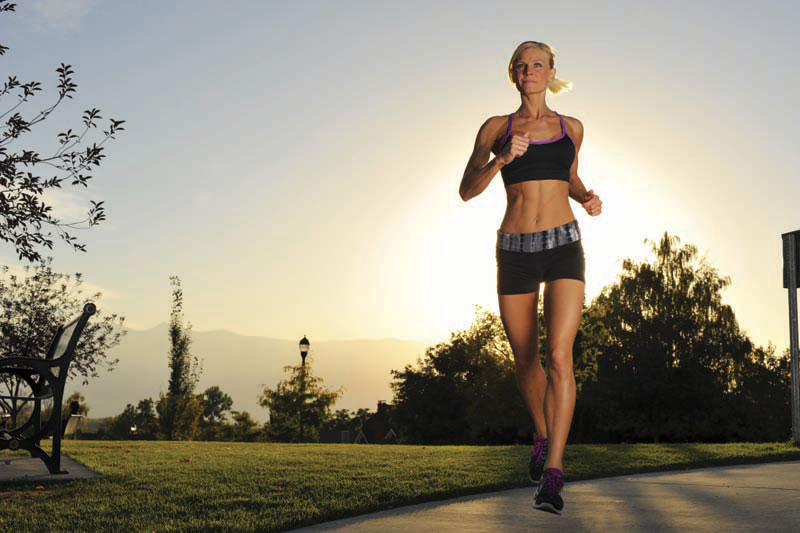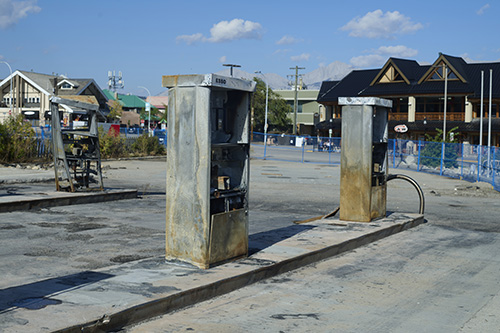Running is a great form of cardiovascular exercise and is enjoyed by many in the spring and summer months. Start running, and there is a good chance injury could follow. Most ailments are caused by overuse, applying repetitive force over an extended period of time. Sudden changes in training can also cause damage. Here are my top 5 injuries that plague those who hit the pavement:
5. Achilles Tendinopathy.
What is the difference from tendonitis…
When the tendon loses its normal tensile strength, it may rupture or tear. The condition usually comes on gradually, more common in those over 40. There is pain, which is worsened by activity. Often the tendon feels very stiff first thing in the morning. The affected tendon may appear thickened in comparison to the unaffected side.
Cause: Overuse with respect to intensity, duration and frequency of training. The overpronated foot is a contributing factor.
Treatment Approach: Rest… up to 3 months. Elicit healing response with ultrasound and stretching, eccentric specifically, and correct any foot pronation with orthotics.
4. Plantar Fasciitis
Plantar fasciitis refers to inflammation of the plantar fascia (a fibrous sheath that runs most of the length of the sole of the foot). Typically symptoms will be at the heel but can also occur in the medial arch or forefoot. Pain usually occurs with activity and is also worse in the morning when taking the first steps of the day.
Cause: Inadequate footwear, altered biomechanics of the foot, most commonly pronation.
Treatment Approach: Conservative care in the context of ultrasound, ice packs to reduce inflammation, and of course if indicated Orthotics to address foot and arch biomechanics.
3. Shin Splints
Shin Splints is a common term for pain in the shin region. Medial tibial stress syndrome is the post common type of “shin splints”. Other syndromes typical of shin splints are compartment syndrome and stress fracture.
Cause: Pronation of the foot and ankle.
Treatment Approach: This involves rest, strengthening and stretching exercises, followed by a gradual return to running after symptoms subside. In order to prevent recurrence of the condition, an analysis at rest and during walking and running is very helpful.
2. Runner’s Knee
Iliotibial band syndrome is a friction syndrome and is so prevalent in runners that it is commonly known as ‘Runner’s knee’. Typically there is pain located on the outside of the knee joint. This pain may radiate up the thigh or down the outside of the shin and is worsened by running. Usually, the knee pain from Runner’s Knee is only present during activity and subsides with rest. In some cases it can also be extremely uncomfortable going up or down stairs.
Causes: Overuse but also tightness in the iliotibial band has been implicated, so stretching the gluteus medius and tensor fascia latae muscles may be helpful as a preventative measure. Similarly increased pronation of the foot (uncontrolled lowering of the arch) can lead to increased tension in the iliotibial band when running.
Treatment Approach: Treatment in the form of electrotherapy and ultrasound is very effective in alleviating Runner’s Knee. Once the inflammatory soreness has been resolved a therapist should assess posture and lower limb alignment in order to give specific stretching and strengthening exercises to treat the underlying cause of the problem. Pronation of the feet is also involved in this condition and should always be addressed in the context of orthotic therapy.
There are many other sources of knee pain. Specific to running is condromalacia and patellar malalignment syndrome.
1. Blisters
They are caused by prolonged friction that produces a shearing force in between the layers of skin. As the layers of skin separate they fill with blood or fluid. This results in a painful blister. Make sure you have properly fitting running shoes and break these in gradually. Never wear new running shoes for a race or a long run. You can also wear those moisture wicking blister socks.
In summary, overtraining is a problem with most running injuries and certainly training with altered or abnormal biomechanics. The key to reduce the risk of injury is to get enough rest and not load the same structures all the time.









